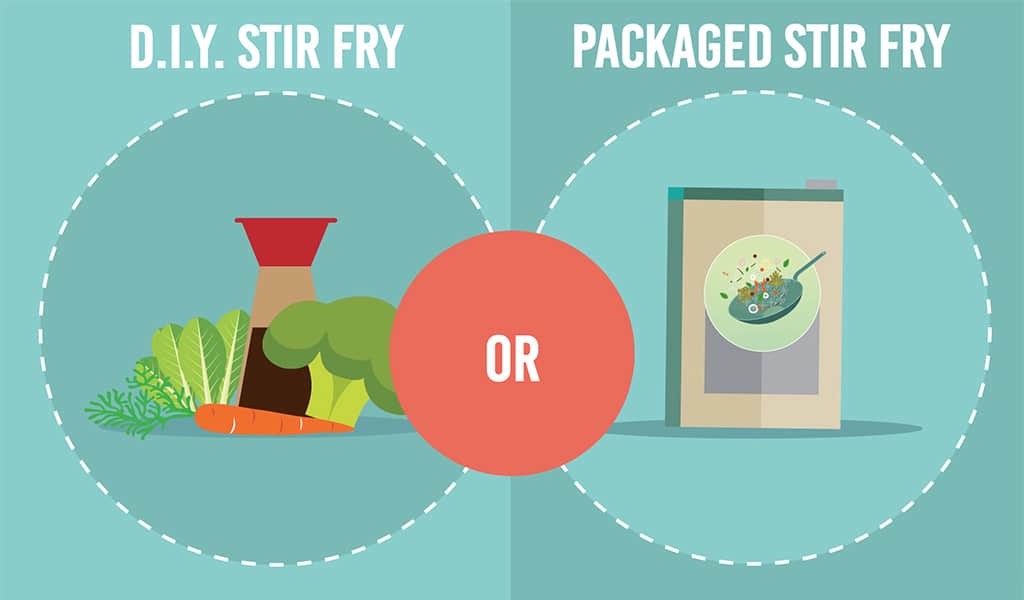Fresh fruit, crusty bread, tuna, yogurt, chocolate. We put a value on every food we come across, and it isn’t just about whether that food is nutritious. There can be a certain glamour to food, as 10 minutes on Pinterest will quickly tell you. Sure, there are some Pinterest pages of nutritious meals. But much more often, we can end up valuing food by stunning visuals or elite origin stories. Or, at least, our research may suggest that those who benefit from higher incomes do.
It turns out that the income-influenced differences in perspectives on food are huge, and they could be impacting the availability of options that work for those with lower household budgets. Could this food elitism be working against real-world benefits?
By competing for glamour, we could be compromising critical other factors, or putting unfair value judgements on one another. A recently developed Food Value Analysis tool from the International Life Sciences Institute (ILSI) gives us the chance to bring critical factors together, comparing meals to see if our aesthetic barometer pays off. These factors include cost of food preparation and cooking time, nutritional quality and taste, cooking skills, extending freshness, food waste, and food safety.
We took a classic family meal from the database and compared all the factors involved in the “made from scratch” version to the packaged version, and you might be surprised to see how they measured up. A few things stood out about the true value of food and how it is misunderstood:

1. Fresh isn’t always best.
When looking at the data, nutritional quality differences between fresh and packaged foods, on average, were minimal. In some cases, such as fortified food or produce frozen at peak ripeness, processed foods were a bit more nutritious. For instance, a raw tomato has 2 mg of lycopene, a healthful antioxidant. After 2 minutes, 15 minutes, and 30 minutes of processing with heat, the lycopene content had increased to 3.1 mg, 5.5 mg, and 5.3 mg, respectively. These (sometimes surprising!) nutritional differences help us to understand why you can’t make general judgements about different kinds of packaged food.
2. Time is money, and both matter for families.
The cost of purchasing packaged foods versus homemade can vary. For instance, a home recipe for tomato sauce is 48% more expensive than a jar, while a frozen meat lasagna is 35% more expensive than making a home recipe.
However, when the ‘cost of time’ taken to prepare the foods is taken into consideration, packaged foods often rank higher in value. When you factor in the cost of time for preparing a home recipe of a meat lasagna, its cost is 138% more expensive than a frozen lasagna. For those who love to cook, that cost of preparation time may be negligible, but for those working many hours a week or balancing work and childcare, that time-cost can be critical.
3. Shelf-life shockers can have a major impact.
Approximately 26% of household food items are being thrown away. That’s 26% of your grocery budget down the drain, major waste for the environment, and food that can’t go to people who need it. (Learn more about food waste here.) The obvious conclusion is that the shelf life of food is an important factor to consider when determining value. Consider that meat lasagna has 1-2 days of shelf life if homemade, but a frozen version can last up to 3 months. Frozen and canned items be a great option to have sustainable, nutritious food in all seasons, while eliminating food waste.
We all have a variety of options when selecting food to fuel us through the day. In addition to nourishing our bodies, we’re balancing different real-world considerations like cost, preparation time, taste, extending freshness, food safety, and food waste. A resource like the Food Value Analysis Tool can empower us to make decisions that are specific to our needs and help us plan the most affordable, convenient, and healthful meals based on our lifestyles.
When you look at the data on how income impacts our food decisions, it’s clear that not everyone has the luxury of food mythology. As Ted Nordhaus of the Breakthrough Institute said, “It’s important not to confuse a privilege with virtue.” Each of us should be able to choose the food that best meets our needs without judgement or false information.
The Food Value Analysis tool derives data about food and components that determine the value of food from several different databases. To learn more about the tool, these sources of data, and the other factors that determine the value of food, click here.
Resources
This blog includes contributions from Megan Smith, Dr. Megan Meyer, and Liz Caselli-Mechael.
